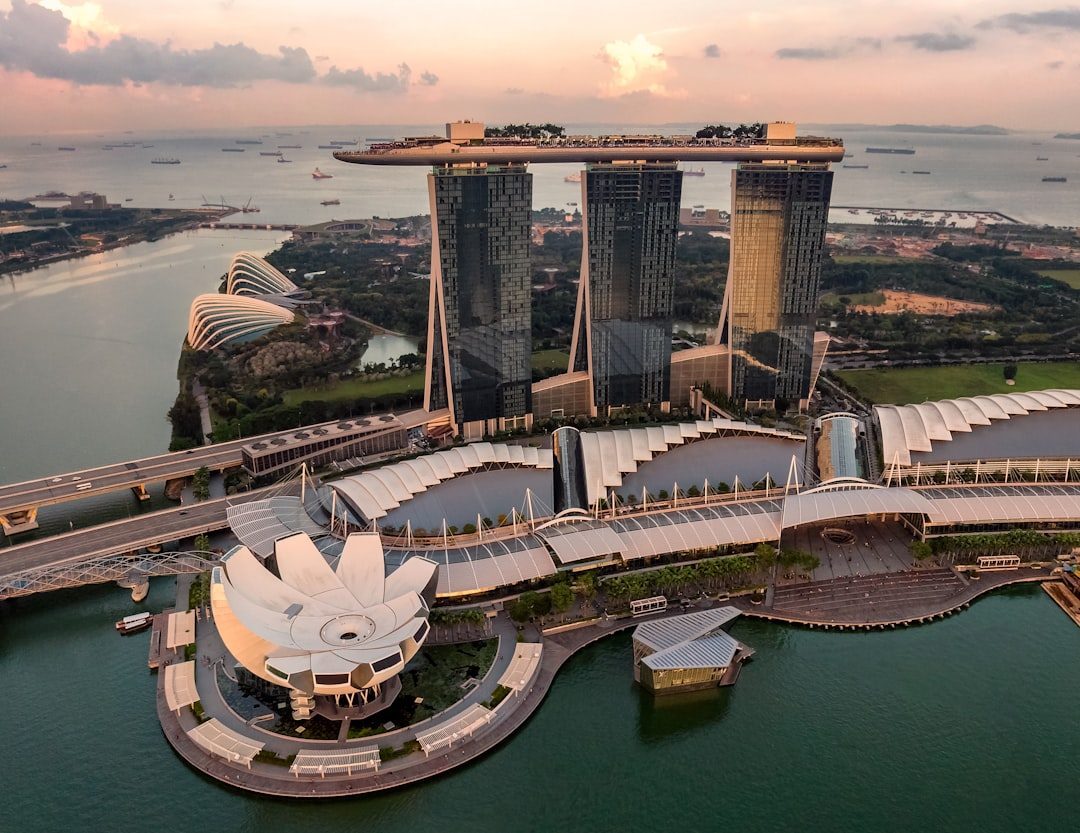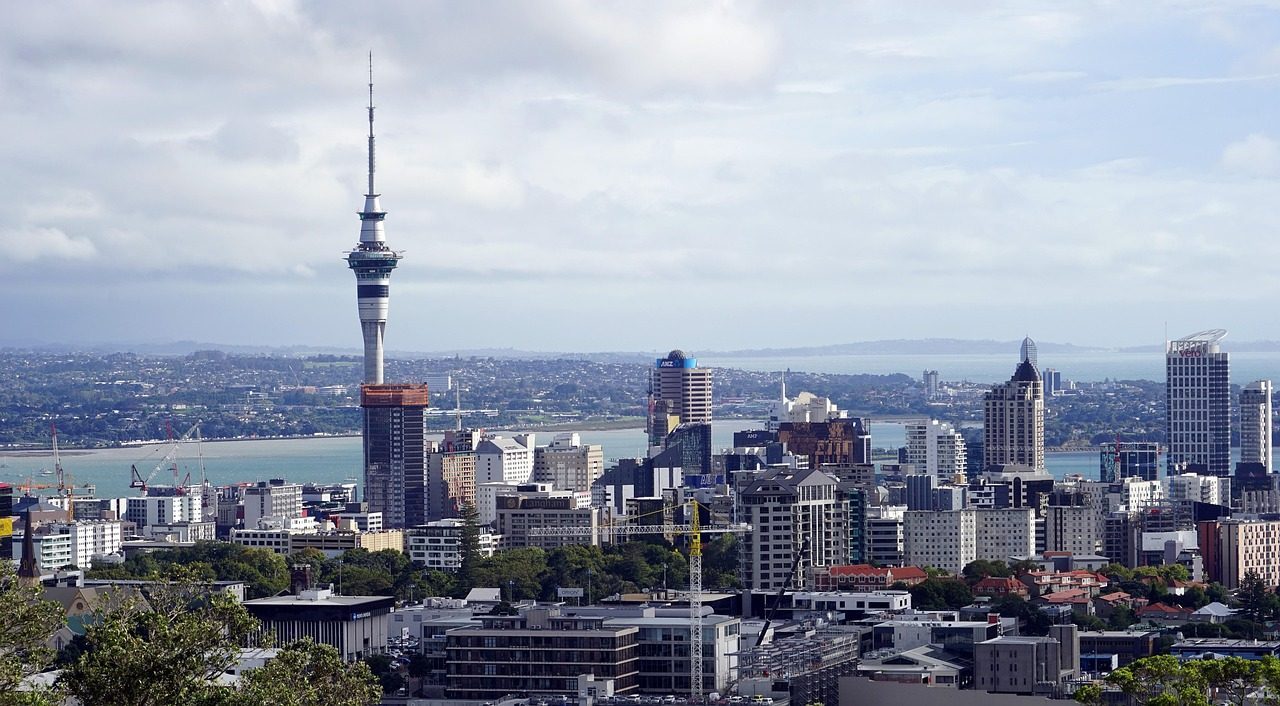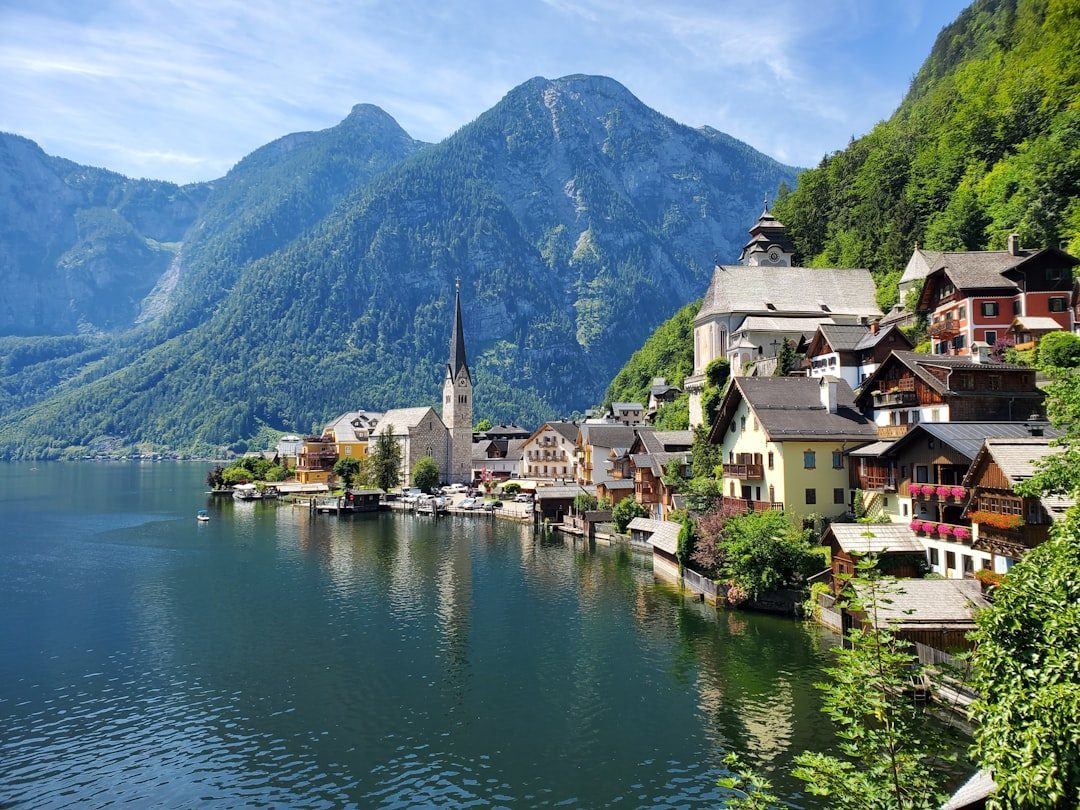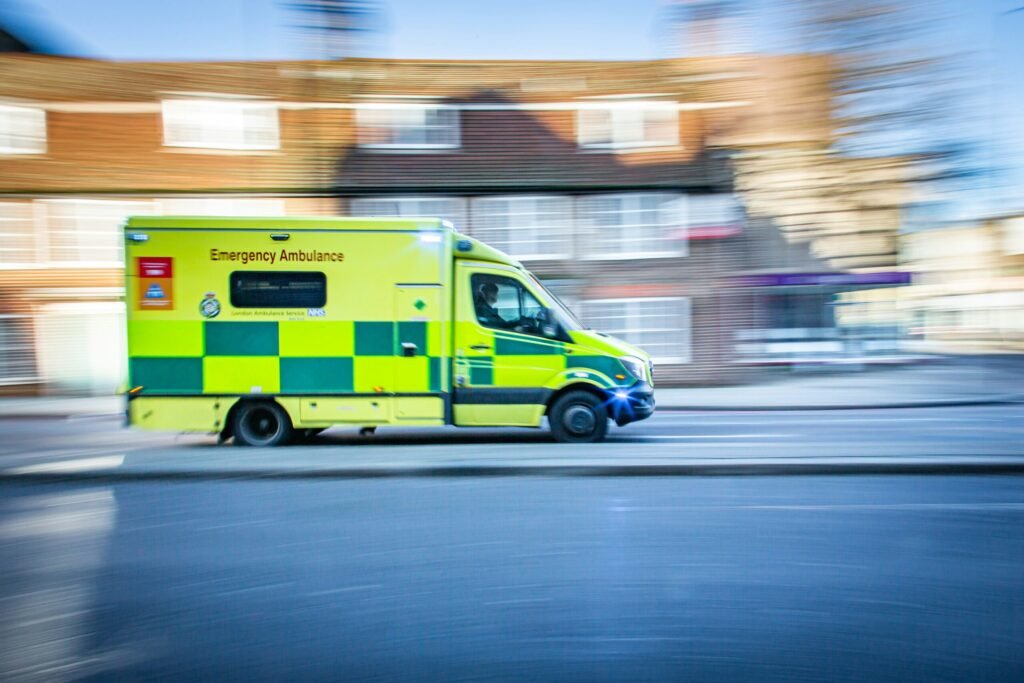When disaster strikes, every second counts. The difference between life and death often lies in how quickly and effectively a nation can mobilise its emergency response systems. While many countries struggle with inadequate preparation and slow reaction times, a select few have built remarkable capabilities that set global standards.
These standout nations combine cutting-edge technology, robust infrastructure, and well-trained personnel to create emergency response systems that function as clockwork when a crisis hits. From natural disasters to health emergencies, their performance demonstrates what’s possible when governments prioritise preparation and invest in comprehensive emergency management.
Iceland’s Unmatched Stability Creates Perfect Response Environment

The nation’s emergency management system benefits from exceptional social cohesion and government trust. Iceland maintains low crime rates through strong community cohesion and effective law enforcement, with its commitment to renewable energy and environmental sustainability building resilience against natural disasters. This foundation allows emergency responders to focus entirely on crisis management without concerns about civil unrest or security complications that plague other nations during emergencies.
Iceland’s strategic approach to emergency preparedness emphasises prevention and community involvement. The country’s small population of approximately 382,000 people enables rapid communication and coordination during crises. Emergency services can reach any location quickly due to the compact geography and excellent infrastructure, making Iceland a model for efficient emergency response execution.
Singapore’s High-Tech Emergency Infrastructure Leads Asia

Singapore consistently ranks among the safest countries in the world, combining ultra-low crime rates with world-class infrastructure and strict law enforcement, placing 5th globally on the 2024 Global Peace Index thanks to its near-total absence of violent crime, political unrest, and domestic conflict. This stability creates an ideal foundation for sophisticated emergency response systems.
Singapore ranks as the second-safest city in the world according to the Safe Cities Index from the Economist Intelligence Unit, ranking first for infrastructure security and personal security, second for digital security, and eighth for health security. These rankings reflect the city-state’s comprehensive approach to emergency preparedness across multiple domains.
Public safety is further enhanced by state-of-the-art surveillance systems, an efficient police force, and effective criminal justice systems. Singapore’s emergency response capabilities leverage advanced technology, including real-time monitoring systems and sophisticated communication networks. The country’s compact size and excellent infrastructure enable the rapid deployment of emergency services to any location within minutes.
The nation’s strict governance approach extends to emergency preparedness protocols. Singapore is one of the safest countries in the world, with one of the lowest crime rates, where even small crimes have serious penalties and guns are strictly controlled, making violent crime very rare. This controlled environment allows emergency responders to operate with maximum efficiency and minimal interference.
Denmark’s Comprehensive Social Safety Net Strengthens Crisis Response

Denmark’s emergency management system is built upon strong social welfare programs and community trust. Nordic countries rank highly, with Norway, Sweden, Finland, and Denmark all landing in the top six. The country’s investment in social infrastructure translates directly into superior emergency response capabilities, as communities are better equipped to support response efforts and recover quickly from disasters.
The nation’s approach to emergency preparedness emphasises coordination between multiple agencies and community involvement. Denmark’s well-funded healthcare system and robust social services create multiple layers of support during emergencies. Emergency responders can rely on established networks and protocols that have been tested and refined through regular drills and exercises.
Denmark’s emergency response performance benefits from its strong democratic institutions and transparent governance. Citizens have high trust in government agencies, which facilitates cooperation during crisis situations. This trust enables more effective evacuation procedures, public health measures, and resource distribution when emergencies occur.
New Zealand’s Geographic Advantages Enhance Response Capabilities

New Zealand is peaceful, friendly, and has almost no violent crime, where tourists are usually safe an,d police don’t carry guns, and unlike neighbouring Australia, New Zealand has no dangerous animals. These conditions create an exceptionally safe environment for emergency response operations without the complications faced by many other nations.
The country’s experience with natural disasters, particularly earthquakes, has driven the development of world-class emergency response systems. New Zealand’s emergency management approach emphasises a rapid response and community resilience. The nation has invested heavily in early warning systems, emergency communication networks, and response coordination protocols.
New Zealand’s compact size and well-developed infrastructure enable the quick deployment of emergency services across the country. The nation’s emergency response teams regularly conduct joint exercises and maintain high levels of readiness. The government protects freedom of speech and individual rights. This democratic foundation ensures transparent emergency management and public cooperation during crises.
The country’s approach to emergency preparedness includes extensive community education and involvement. Citizens are well-informed about emergency procedures and actively participate in preparedness planning. This community-centred approach significantly enhances the effectiveness of official emergency response efforts when disasters strike.
Austria’s Central European Strategic Position Optimises Response

Austria invests in comprehensive social welfare programs and infrastructure, resulting in a high quality of life and preparedness for emergencies. The country’s strategic location in Central Europe has driven the development of robust emergency response capabilities that can handle various types of crises, from natural disasters to industrial accidents.
Austria’s emergency management system emphasises coordination between federal, state, and local levels. The country maintains well-equipped emergency services and regularly conducts training exercises. Austria is calm and safe, with very few serious crimes, and while it occasionally sees protests, they are easy to avoid, with no recent terror attacks and strong public safety systems making it a clean and peaceful place.
The nation’s approach to emergency preparedness includes significant investment in technology and equipment. Austrian emergency services utilise advanced communication systems, modern vehicles, and sophisticated medical equipment. The country’s excellent healthcare system and well-trained medical personnel provide strong support for emergency response operations during major incidents.
Japan’s Disaster Experience Creates World-Leading Emergency Systems

Japan, with a GPI score of 1.474, ranks 17th among the safest countries in the world, and despite being one of the world’s most populous countries, Japan’s societal security measures ensure peace and safety for its residents. This achievement is particularly remarkable given Japan’s exposure to frequent natural disasters and massive population density.
Japan’s emergency response capabilities have been forged through decades of experience with earthquakes, tsunamis, typhoons, and other natural disasters. The country has developed some of the world’s most advanced early warning systems, building codes, and evacuation procedures. Japanese emergency services regularly conduct large-scale drills involving millions of participants, ensuring readiness at all levels of society.
The nation’s approach to emergency management emphasises technological solutions and community preparation. Japan’s sophisticated disaster monitoring systems can detect and analyse in real-time, providing crucial minutes or hours of advance warning. Countries like Singapore, Japan, Malaysia, and Bhutan all ranked in the top 25. This ranking reflects Japan’s consistent investment in emergency preparedness infrastructure.
Japanese emergency response systems integrate multiple layers of government, from national agencies to local communities. The country’s culture of discipline and cooperation during emergencies enables highly coordinated response efforts. Emergency shelters, supply stockpiles, and evacuation routes are meticulously planned and regularly updated based on lessons learned from past disasters.
Technology and Trust Drive Global Emergency Excellence

These six nations demonstrate that exceptional emergency response performance requires more than just equipment and procedures. The World Health Organisation developed the Preparedness Metric, a composite measure that assesses epidemic risk by accounting for hazards, vulnerabilities, and capacity, offering insights for improving country-level health emergency preparedness. The most effective systems combine advanced technology with strong social foundations.
In 2024, the WHO’s 7-1-7 strategy was implemented in multiple countries to enhance outbreak response, allowing for better containment of health threats at their source before they can impact America. However, the top-performing countries go beyond international frameworks by building comprehensive domestic capabilities that address their specific vulnerabilities and leverage their unique strengths.
The success of these nations proves that effective emergency response is achievable with proper investment, planning, and social cohesion. Their performance during recent global challenges, from natural disasters to health emergencies, provides valuable lessons for other countries seeking to improve their own emergency preparedness capabilities.
